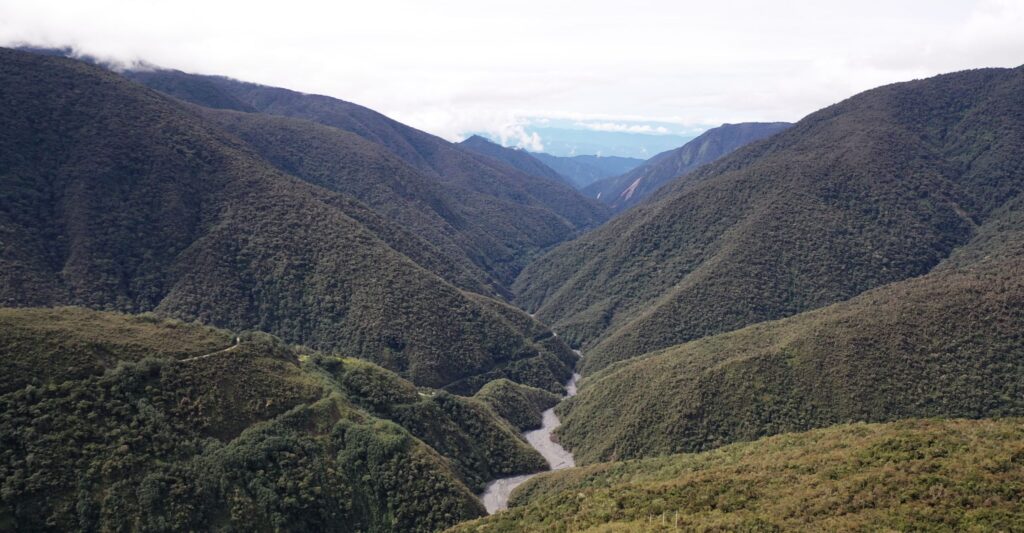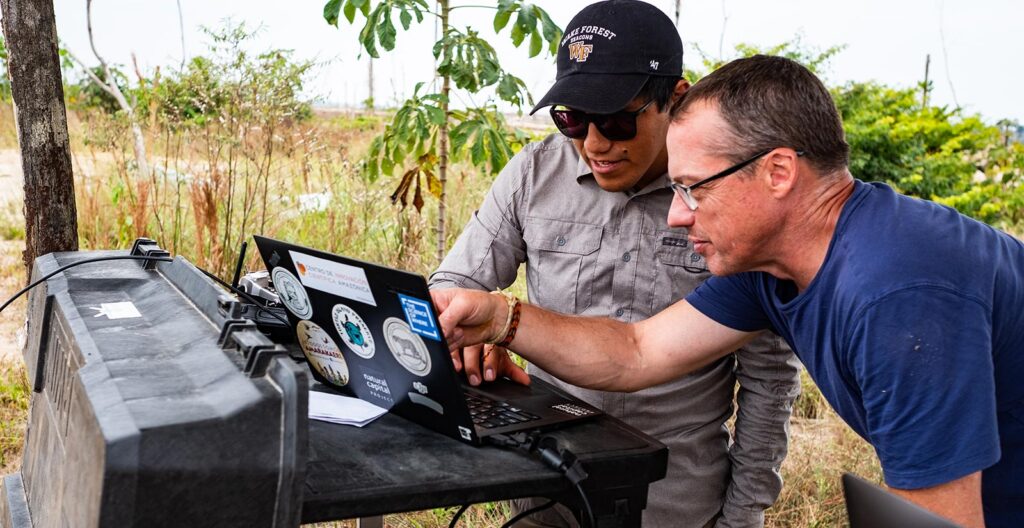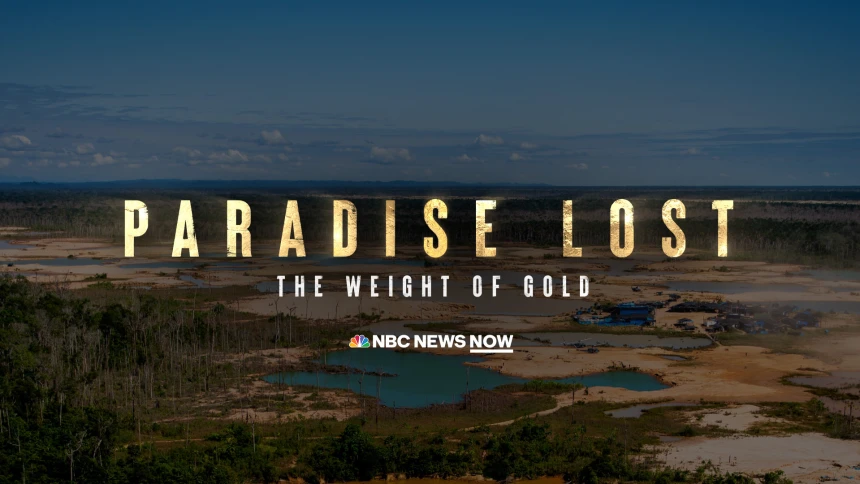How can we promote sustainable development and reverse environmental catastrophe in some of the most precious ecosystems on our planet?
Critical Ecosystems Under Threat
Some of our last remaining wilderness can be found on tropical frontiers — areas that occupy the edge of human development and are characterized by high biodiversity, sparse human populations, and limited infrastructure. As has always been the case with frontiers, these regions are subjected to largely unregulated human activities, including unsustainable development, resource exploitation, and rapid deforestation. They are extremely vulnerable to environmental degradation, social and economic instability, and the erratic and extreme weather events driven by climate change.
Despite these threats, tropical frontiers are essential to our planet’s wellbeing. They are home to abundant biodiversity, provide essential ecosystem services such as carbon sequestration and global weather regulation, and support communities with food, water, and livelihoods that have sustained them for millennia.
A Holistic Approach to Conservation
Our work aims to address these immense challenges not just through scientific lenses, but also through social, policy, economic, and cultural perspectives. Effecting change requires integration with the stakeholders on the ground, including government leaders, conservation specialists, indigenous communities, miners, and farmers.

An Open Source Field Laboratory in the Peruvian Andes
Andes Biodiversity & Ecosystems Research Group
In 2003, Sabin Center Founding Director Miles Silman, alongside leading scientists from around the world, established a “natural laboratory” in the Peruvian Andes dedicated to understanding biodiversity distribution and ecosystem functioning. Establishing over 20 one-hectare plots across a 3.5-kilometer elevational gradient from the highlands to near sea-level lowlands, ABERG researchers have gained incredible insights into ecological adaptations across elevation and over time.
“The transect, described by some as the particle accelerator of tropical ecology, is an open-source rainforest field laboratory hosting a wide range of studies assessing the escalating threats from climate change over the last 20 years.”
Board Member Justin Catanoso, writing for Mongabay in 2023
The Center for Amazonian Scientific Innovation (CINCIA)
The Center for Amazonian Scientific Innovation (CINCIA) embodies this holistic approach. Founded in 2016 in Peru’s Madre de Dios region and later expanded to Loreto, CINCIA is a multifaceted research, education, and outreach initiative. It addresses the environmental devastation and human suffering caused by widespread artisanal and small-scale gold mining, deforestation, and mercury pollution.

Global Impact of Illegal Mining
Much of this gold is ultimately distributed through organized crime networks, creating global security threats. CINCIA’s work serves as a neutral forestry and education extension service, offering a model for large-scale reforestation, biodiversity conservation, and more sustainable small-scale mining and farming techniques.

Community Partnerships and Support
A key to CINCIA’s success is its commitment to local communities. This includes investing in training and research facilities and partnering with government leaders, conservation specialists, miners, farmers, and local schools. The CINCIA model is rooted in partnership at every level.
CINCIA’s work is made possible by funding partners, including the U.S. Agency for International Development (USAID), World Wildlife Fund, Amazon Aid Foundation, ESRI, and the IIAP (Instituto de Investigaciones de la Amazonia Peruana), along with a host of Peruvian government and non-governmental agencies.
Paradise Lost: The Weight of Gold
NBC News’ Cynthia McFadden investigates illegal gold mining in southern Peru, revealing its environmental devastation and threats to U.S. security. Embedding with Peruvian Special Forces, the team gains rare access to a restricted zone, exposing the destruction of primary rainforests.

